An article on lifestyle blog Refinery29 caught my eye in the run-up to Christmas – party because of its engaging visual treatment but more so because the piece clearly announced itself as produced “in partnership” with John Lewis.
This particular partnership entailed getting a YouTuber to style their home for Christmas using tableware and homeware from John Lewis. The images are striking. The content is passable. But I’m guessing at least these two objectives have been achieved: a) sales have been increased for the ten products featured in the article – that can also be shopped straight from the article and b) the John Lewis site has gained a relevant link to its homeware section.
What happened to “real” journalism?
I’ve often wrestled with this issue. Training as a journalist I believed in the importance of unbiased reporting. But working as a marketeer I came to understand the practical impossibility of content not motivated in some way by financial gains.
It used to be the ad flanking the news article or overleaf the editorial feature. Now it’s the link pointing valuable digital endorsement to the benefactor amongst the often not-so-subtle product propaganda. Someone has to pay the journalist, the editor, the publisher, the shareholders…
But why this melding together of mixed motives – to inform and to sell – at all? Could we not have continued to serve “unbiased” content with a side of ads?
Google did it. Sort of.
When Google began to take over the search market with a model that (largely) measured a web page’s worth by the quality of links that were pointing to it, online journalism became the new battlefield.
Getting a linked mention in an authoritative publication could inject much-needed authority into a page’s ranking potential and that meant traffic, which meant sales.
Of course the idea (Google naively posited) would be for those links to be acquired on merit alone. But do you really think links weren’t being slipped in to respected publications that referred to those brands and businesses that offered persuasive rewards?
Does it matter?
Yes. And also: sometimes. In the end, it really comes down to your audience and the relationship you want to nurture with them. Refinery29’s readership cares about the Beckham kid’s latest tattoos and festive nail art to see you into the holidays “with a glittery bang”. It’s safe to say as long as the images are great and the content unfussy, they’re not going to be concerned with the impartiality of the content.
If you’re writing for Forbes or The New York Times on the other hand, you’ll want to ensure that any sponsored content can also hold its own as a viable and compelling piece of insight or journalism. Anything less would be tasteless. And suspicious…
Which brings us to the very real risks and ramifications of paying for your links. In addition to losing your readership with punty, lazy copy, it can also land you in a world of real (digital) pain.
Google knows when you’re cheating
Google being the omnipotent tech wizards we know and fear love, it didn’t take them long to catch on to the dodgy “link building” practices of trading and selling links that defined digital marketing in the early naughties. In 2005 Google rolled out an algorithm change that required links from paid content to be identified as “nofollow”. Those links would then be disregarded when calculating the worth of a page.
Examples were made of transgressors. Some never quite recovered. Everyone swiftly started adding the nofollow instructions… to their display ads. But compliance for links in editorial copy was much harder to verify, which meant it largely remained up for grabs. How can you definitively know if that link to Catwalkies had been paid for? Or are they just genuinely the most appropriate example of a local cat-sitting agency breaking the mould?
This brings me back to the article that started this conversation. Whilst clearly marked to its readers as content that has been produced as part of a partnership (even displaying the John Lewis logo) the link to John Lewis does not use the appropriate markup to flag to Google’s crawlers that it is sponsored content.
This is especially hard to ignore given Google’s recent updates to the markup available that helps webmasters more accurately distinguish between sponsored content (which will now be considered to a degree) and content that isn’t meant to carry any authority at all.
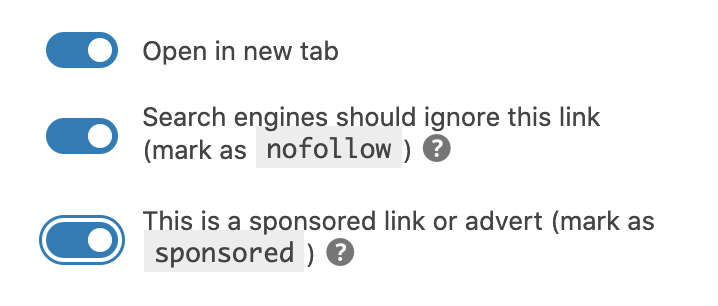
So perhaps a review of your outbound links is necessary, Refinery29? Your readership might not be fussed that your content is monetised. But Google sure will be.
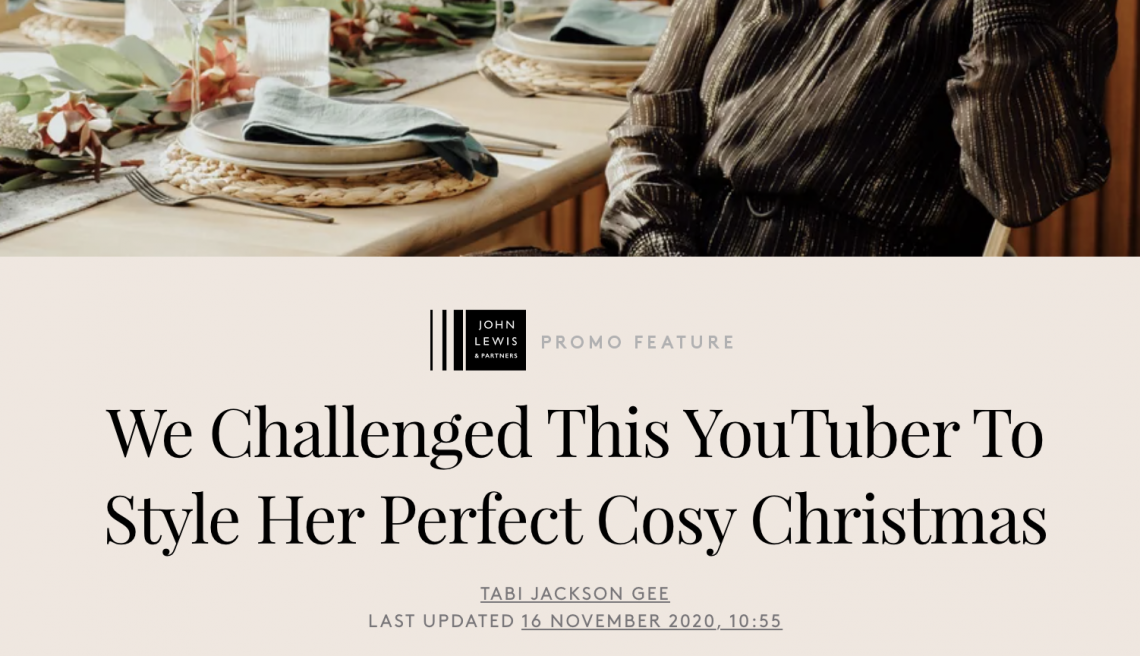
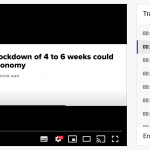

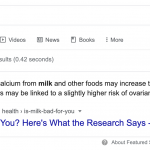
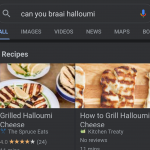
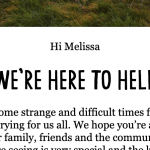
Comments by Melissa Byleveld